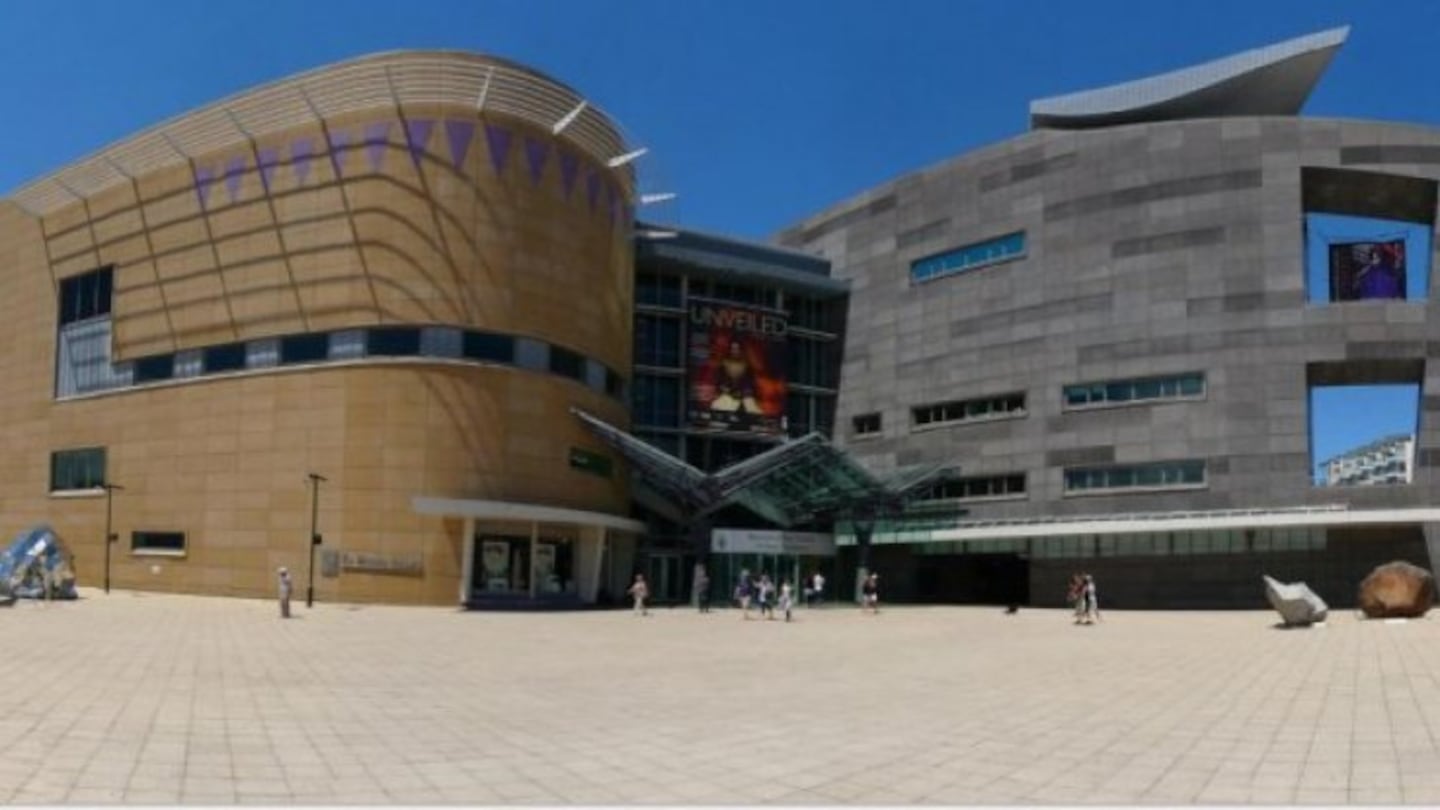44 Moriori and Māori ancestral remains are returning to Aotearoa in the coming weeks from Germany.
The Ubersee Museum Bremen Germany and Te Papa Tongarewa are pleased the ancestral remains are returning to Aotearoa with the support of the City of Bremen.
Following a thorough investigation, the Ubersee Museum found up to 35 Moriori ancestral remains belonged to Rēkohu (Chatham Islands), and from collector Hugo Hermann Schauinsland (1857 - 1937). Schauinsland visited New Zealand and the Chatham Islands during 1896 and 1897.
The remains include skulls, jawbones, ribs, foot bones, scapulae, pelvises, sacra and two near complete skeletons.
Another three Māori ancestors were collected, one perhaps by Schauinsland. The provenance of the others is unclear.
Bremen Mayor, Dr. Carsten Sieling says, "In recent decades, awareness has grown in Europe and in Germany in particular that there are legal and ethical grounds for examining precisely how and under which circumstances exhibits have been added to the collections of European and German museums. This applies especially to human remains which were brought here from overseas during the colonial age at the end of the 19th century. It is fortunate that our view of such things today is different from the view held a hundred years ago. Today, we consider the acquisition of this collection to contravene human dignity. We apologise for these actions and ask for forgiveness. We are also glad and grateful that a delegation from the Te Papa is with us in Bremen today to take the ancestors of the Māori and Moriori back to their home!"
The remaining six Māori ancestral remains were collected and/or traded by Henry Suter (also known as Hans Heinrich Suter), who came to settle in New Zealand in 1887 with his family from Switzerland.
Director of the Ubersee Museum, Wiebke Ahrndt says, "The provenance research undertaken has been able to shed light on the circumstances under which this collection was acquired. It also made clear that there is no longer any ethical justification for retaining the ancestral remains of the Moriori and Māori in our collections. I am delighted that the Senate of the Free Hanseatic City of Bremen shares this conviction and has deaccessioned the collection."
Henry Suter actively corresponded with other well-known collectors of Māori remains including Thomas Frederick Cheeseman (1845-1923).
Three of the kōiwi tangata (Māori skeletal remains) have provenance to Whangaroa in Northland and are recorded as being associated with the Ngāpuhi tribe.
Other kōiwi tangata have provenance to the Tainui/Waikato regions, and general provenance to Aotearoa New Zealand.
Dr Arapata Hakiwai, Te Papa's Kaihautū (Māori Co-leader) says, "Te Papa is pleased we can work in partnership with the Ubersee Museum and the Senate of the Free Hanseatic City of Bremen. We appreciate their dedication to ensure the provenance of these ancestors is unveiled. To add, this is also a bitter sweet occasion, as our repatriation work reveals newly established colonial museums, alongside visiting natural historians from Europe actively participated in the trade of Māori and Moriori remains, "taken" from wāhi tapu (sacred repositories). Our next step is to facilitate the safe return of the ancestors to their iwi (tribal groups). Many New Zealanders are unaware of this history, and do not realise the long standing history of lack of respect offered to wāhi tapu by colonial settlers."
These Moriori and Māori ancestral remains are part of 59 Māori and Moriori ancestral remains returning from four institutions in Europe.
The pōwhiri for the ancestral remains will be held at Te Papa on 29 May 2017.


